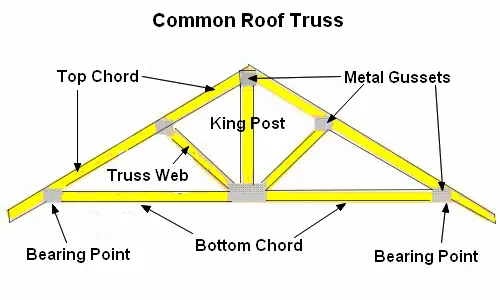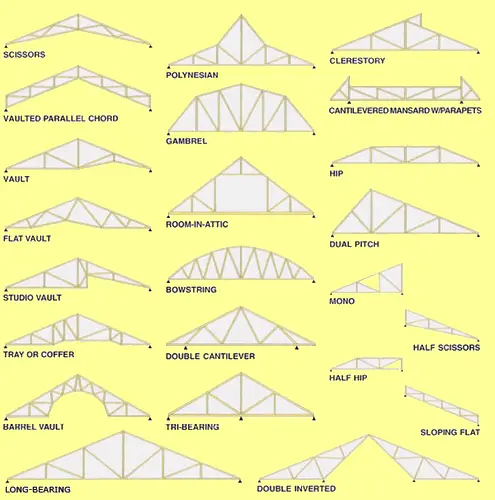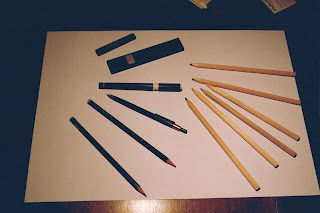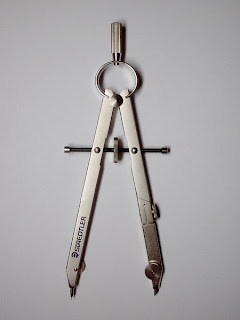"FISHERY ARTS"

Fishery
A fishery (plural: fisheries) is an organized effort by humans to catch fish or other aquatic species, an activity known as fishing. Generally, a fishery exists for the purpose of providing human food, although other aims are possible (such as sport or recreational fishing, or obtaining ornamental fish or fish products such as fish oil. Industrial fisheries are fisheries where the catch is not intended for direct human consumption.Fisheries Science
Fisheries science is the academic discipline of managing and understanding fisheries. It draws on the disciplines of biology, ecology, oceanography, and management to attempt to provide an integrated picture of fisheries. It is typically taught in a university setting, and can be the focus of an undergraduate, master's or Ph.D. program. It is currently taught in universities worldwide, including several in the United States.
Important issues and topics in fisheries
Considering the importance of fisheries, and that they depend on a natural resource, it is no surprise that there are many pressing environmental issues surrounding them. These can be classed into issues that involve the availability of fish to be caught, such as overfishing, sustainable fisheries, and fishery management; and issues surrounding the impact of fishing on the environment, such by-catch. These fishery conservation issues are generally considered part of marine conservation, and many of these issues are addressed in fisheries science programs. They are also, however, controversial. There is an apparent and growing disparity between the availability of fish to be caught and humanity’s desire to catch them, a problem that is exacerbated by the rapidly growing worldwide population. As with some other environmental issues, often the people engaged in the activity of fishing – the fishers – and the scientists who study fisheries science, who are often acting as fishery managers, are in conflict with each other, as the dictates of economics mean that fishers have to keep fishing for their livelihood, but the dictates of sustainable science mean that some fisheries must close or reduce to protect the health of the population of the fish themselves. It is starting to be realized, however, that these two camps must work together to ensure fishery health through the 21st century and beyond.
HOW TO CONSTRUCT ARTIFICIAL FISHPOND
STEP 1: Choose a site. A location with lots of plants or a landscaped area would do nicely to give a more natural effect. Remember, the more at home the fishes are, the more they'll be encouraged to breed. Also, make sure that the temperature on that area would be ideal for the fishes.
STEP 2: Calculate how big should your pond be. Since i don't know what types of fishes you will be breeding, i can't do it for you. Yous said that you will breed as much as 100 fishes. I won't go lower than 300 gallons if I were you.
STEP 3: Choose what shape you want. some fish ponds are semi oblique, some rectangular, others circular. the list of shaped is almost endless.
STEP 4: Mark the area you want your pond to be.
STEP 5: Dig the pond, putting barricades on the sides/focal points of the pond to ensure that dirt won't fall back in. The deeper the pond, the better. a deep pond would deter any pests like cats and frogs to enter it.
STEP 6: Cement the floor and the walls. allow them to dry then apply two to three coatings of water proofing painty over it. Allow it to dry then add another layer of cement.
STEP7: If your pond has a wall behind it, decorate the walls with natural stones. this'll act as the primary filter media if you chose to have waterfalls for your pond.
STEP8: Barricade the pond with more concrete. the barricade should be at least 5--8 inches higher than the ground at 0.0 meters. This'll further deter any pests like frogs to enter the pond.
STEP 9: Put a hole somewhere in the higher reaches of the pond (ideally by the wall). this hole will serve as a deterrant against overflowing. water that is too much for the pond will be expelled through this hole
STEP 10: Decorate the pond to replicate your fishes's natural environment. the more at home they feel, the more chances you have of making them breed.
STEP 11: Put water in and let it cycle for 2 to 3 weeks for the growth and maturation of your mini enironemnt.






























.jpg)


